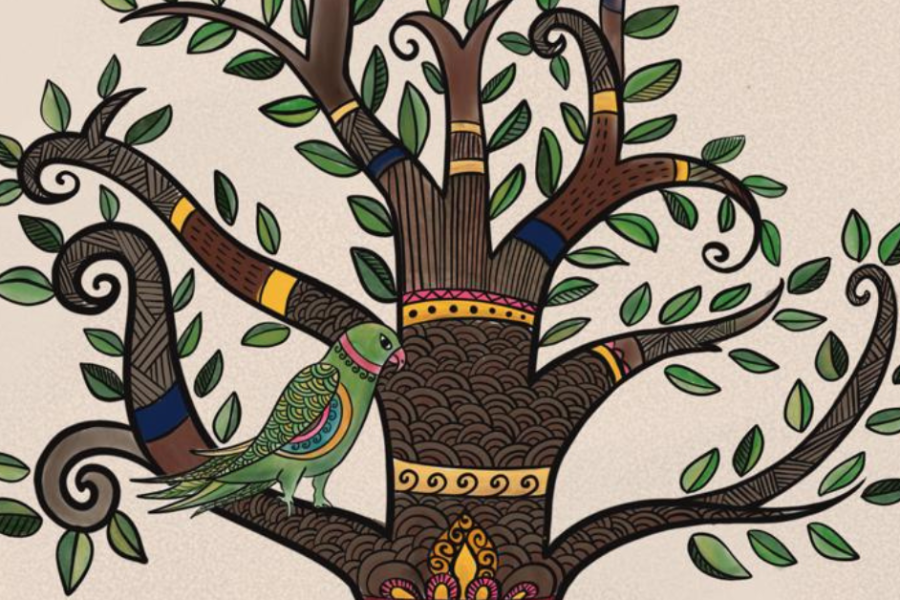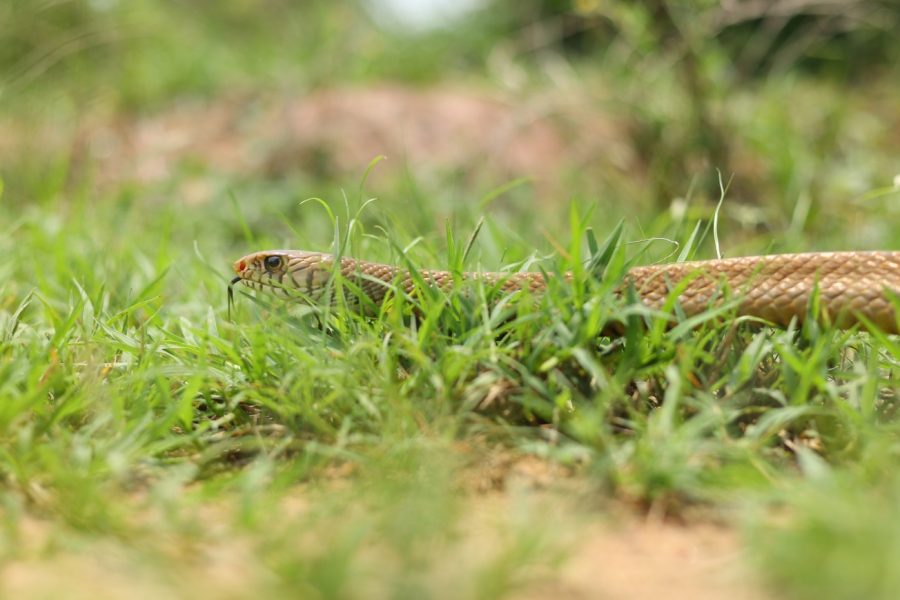There are plenty of animals that inhabit this earth, and to place them under different and specific categories in order to study and understand them, is certainly not an easy task. This is where taxonomy comes in. Taxonomy is the study of the scientific classification of living organisms. One of the first to popularise this system was Aristotle, who classified various animals on the basis of their physical characteristics and habitat such as animals that live on land, animals that live on water, animals with blood, and those without. However, a major flaw of this system was its anthropocentric bias, as it placed animals from most to least important, with humans taking up the place of being “topmost”.
Another flaw lay in the fact that Aristotle didn’t classify the animals on an evolutionary basis (the wide acceptance of evolution as a scientific fact came much later with Erasmus Darwin and his more well known descendant, Charles Darwin), and simply focused on the physical attributes of the animals.
![Charles Darwin popularised the theory of evolution. [Photo (c) Unsplash]](https://wildlifesos.org/wp-content/uploads/2022/12/fernando-venzano-ddVYvmwrvV4-unsplash.jpg)
For the classification of plants, Andrea Cesalpino, an Italian physicist, attempted to classify various plants based on the structure of their fruits and seeds, and he noted them in his book De Plantis (Translated to mean ‘On Plants’). Another system was created by Gaspard Bauhin (Swiss anatomist) who used the binomial nomenclature system of grouping plants based on their genus and species.
However, the major breakthrough in the taxonomic classification of species was due to the work of the 18th century Swedish naturalist — Carolus Linnaeus. At this point in time, many systems of taxonomy already existed, leading to confusion and inconsistency. This is what led Linnaeus to streamline these systems along with his own research to create a taxonomic classification system (also known as the Linnaean system) that divided organisms based on a hierarchical model. This model moved from the origin of life to more specific groups until it narrowed down to a particular species. He created plants and animals (and also minerals) as kingdom categories, each of which was subsequently divided into classes, orders, genera, species, and varieties. Though this system has undergone various changes since its inception, its core remains the basis for our understanding of taxonomic classification.
Currently, the taxonomic system classifies animals according to Domain > Kingdom > Phylum > Class > Order > Family > Genus > Species. Let’s look into each of these taxa!
![Basics of taxonomic classification. [Graphic (c) Wildlife SOS/Malavika Jayachandran]](https://wildlifesos.org/wp-content/uploads/2022/12/Taxonomy_MJ.jpg)
Domain is the largest taxon of life, which consists of Archaea, Bacteria and Eukarya. Both Archaea and Bacteria are single-celled prokaryotes. Prokaryotes are organisms that neither have a nucleus nor any membrane-bound functioning structures called organelles. Domain Eukarya, on the other hand, includes organisms with cells that have a nucleus and membrane-bound organelles. Eukaryotes include both single-celled and multicellular organisms. All animals, plants, and fungi fall within this domain.
The next taxon is Kingdom, which consists of five subdivisions namely Plantae, Animalia, Fungi and Protista. Plantae consist of plants that make their own food through photosynthesis; Animalia consists of multicellular organisms that are mobile and have to eat food to accumulate energy. Fungi consists of organisms like yeasts, moulds and mushrooms. Those organisms that may share attributes, but do not strictly comply with Animalia, Plantae or Fungi, fall under the Protista Kingdom.
The next levels of taxon Phylum, Class, Order, Family, Genus and Species contain several subdivisions to fit within a single article. Furthermore, this list is neither exhaustive, nor rigid, and with new discoveries and breakthroughs in research, more and more organisms continue to be incorporated into this system.
To illustrate the use of this taxonomic classification better, let us take the example of an Asian elephant and trace its position in this system. Since all animals are eukaryotes, the Asian elephant belongs to Domain Eukarya. Elephants are heterotrophs, meaning that they cannot create their own food, and have to forage through the forests for plants, barks, and fruits. This puts them within Kingdom Animalia. They are also vertebrates (having a backbone), which puts them under Phylum Chordata. As Asian elephants are warm-blooded animals that give birth to their younger ones, they fall under the Class Mammalia. Asian elephants and human beings both fall under the same Class of Mammalia, but this is where humans (Homo sapiens) branch off into the Order Primates (characterised by highly developed brains, flexible hips and prehensile hands and feet) while elephants fall under Order Proboscidea (characterised by the presence of a trunk used to grab food and water).
![Subspecies of the Asian elephant. [Graphic (c) Wildlife SOS/Teesta Mukherjee]](https://wildlifesos.org/wp-content/uploads/2022/09/Indian-Elephant-E.-m.-indicus.png)
At present, most members of the Order Proboscidea (such as mammoths and mastodons) are extinct, with only a few extant members under the Family Elephantidae. There are two Genera within this family — Elephas and Loxodonta. Today, the Species of Elephantidae that we see are the Asian elephant (Elephas maximus), the African Savannah elephant (Loxodonta africana) and the African Forest elephant (Loxodonta cyclotis).
To know more about these elephant species, click here.





